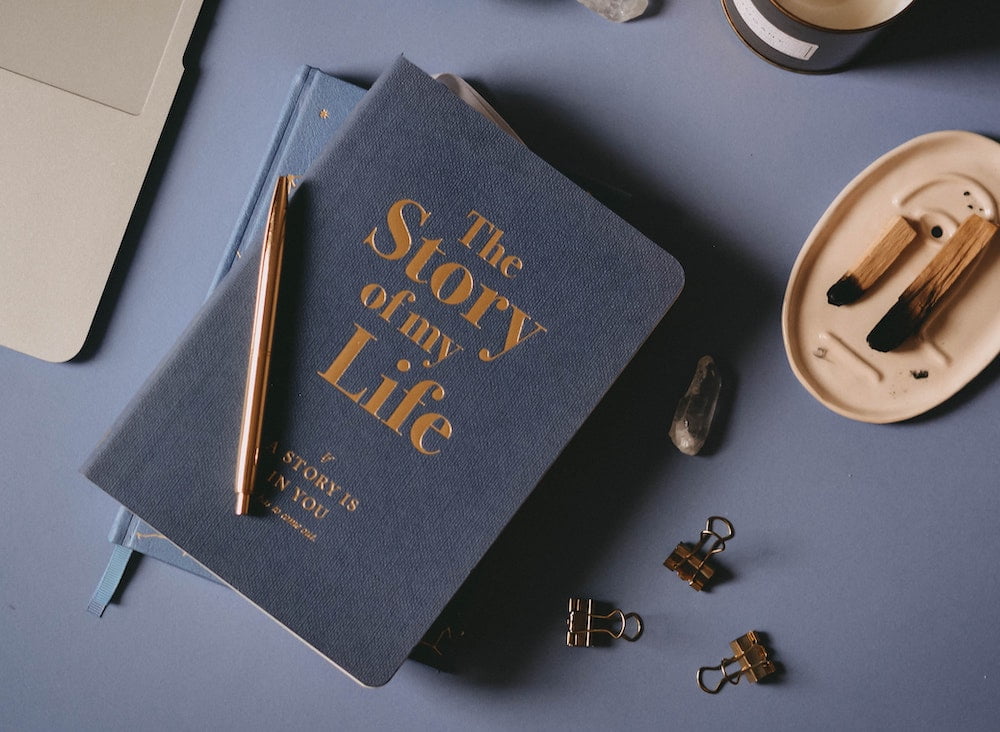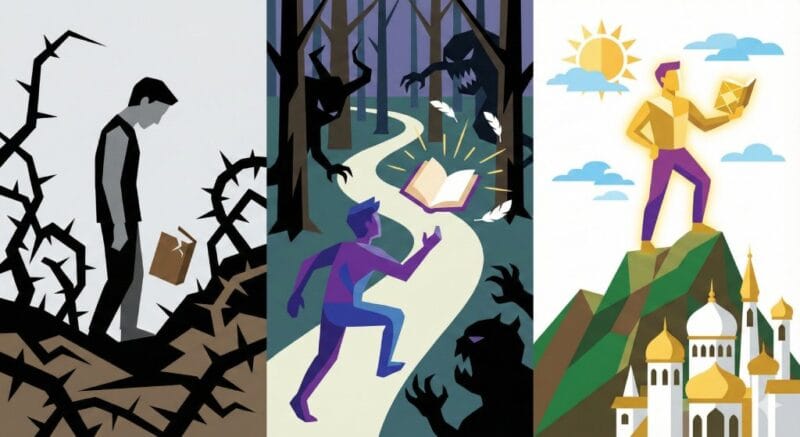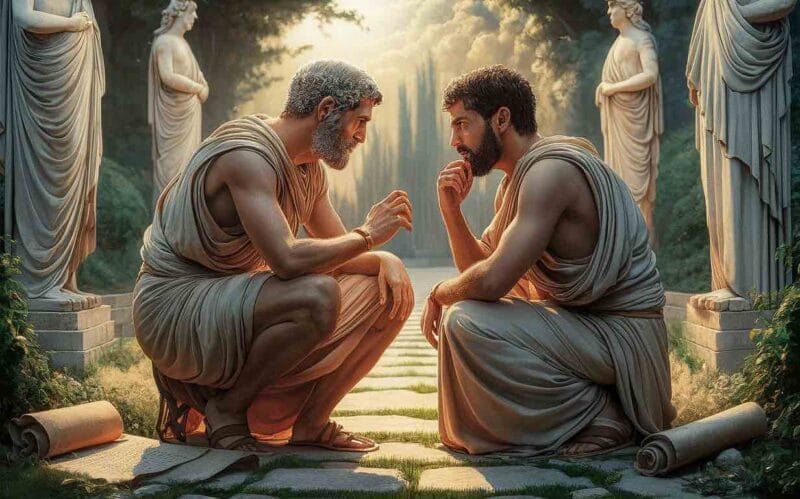Creative nonfiction is a genre of writing that uses literary styles and techniques to create factually accurate narratives.
Creative nonfiction is defined as works of literature that are inspired by real-world situations. There is the precision of journalism here, together with the lyricism and imagery of fiction—this work combines the beauty of fiction and poetry with the rigor of journalism. Creative nonfiction appeals more to readers of novels and poetry than academic journals since it draws significantly from fiction and poetry.
Creative nonfiction, as the word “creative” suggests, requires literary skill to tell interesting, vivid, and dramatic stories about real people and events (“nonfiction”). When writing creative nonfiction, writers often combine poetic devices, like irony and contrast, with fictional techniques, like character arcs and descriptions of places, to tie together the different parts of a story.
Similar to fiction, the length of these works varies greatly; they might be anything from massive tomes to brief blog posts. The aim of this kind of writing is to capture a bit of reality (whether it be a personal experience, a portion of history, or a scientific discovery) and bring it to life on the page for the reader. Many writers regard the creative nonfiction genre to be interchangeable with the essay.
Creative nonfiction writers do more than just transmit stories; they apply method and talent to immerse the reader in the author’s experience. Writers of creative nonfiction utilize literary tropes from other genres, such as poetry and fiction, to narrate factual narratives. Evidently, providing factual information should not be boring and dry. In reality, the most successful journalists are often those who can provide information in an accurate and persuasive manner while simultaneously creating a fascinating story.
Creative nonfiction is a difficult genre to pin down. It has a narrative storyline like a work of fiction and is therefore story-driven, but at the same time it must be grounded in fact and provide an honest account of the author’s subject matter. Personal essays, memoirs, autobiographies, magazine articles, narratives in literary journals, and everything in between are all examples of creative nonfiction.
A few well-known works of creative nonfiction are: In Cold Blood by Truman Capote, The Right Stuff by Tom Wolfe, A Moveable Feast by Ernest Hemingway, and The Year of Magical Thinking by Joan Didion.
Further Reading
What is Creative Nonfiction? The Unputdownable Truth by ReedsyBlog
The New Outliers: How Creative Nonfiction Became a Legitimate, Serious Genre by Lee Gutkind, Literary Hub
The Story Behind a Nonfiction Novel by George Plimpton, The New York Times
The Five R’s of Creative Nonfiction by Leon Dupuis, Owlcation
About Creative Nonfiction Magazine, creativenonfiction.org




